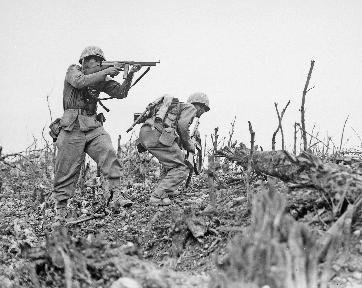Quiz Answer Key and Fun Facts
1. Why was it essential for the Allies to land at Omaha Beach?
2. Which of the following beach obstacles did the Germans NOT have in place on Omaha Beach?
3. What were "Hobart's Funnies"?
4. Only around 10% of the DD Tanks launched off Omaha made it onto the beach. What was the main reason for this?
5. Which formidable German defenders had been moved to Omaha Beach less than a month before the Allied invasion?
6. What was the number one enemy of a wounded man on the beach?
7. Which experienced Allied division landed on Omaha Beach?
8. A, B and C Companies of the 2nd Ranger Battalion landed on the eastern end of Omaha Beach. Against the odds, C Company gradually built in numbers before gradually breaching the defences. The landing was around 6:30am, but when did C Company officially breach the sea wall?
9. Why did three companies of the US 2nd Ranger battalion land at Omaha Beach?
10. At 1:35 PM on Omaha Beach, the German 352nd Infantry Division reported to Army Group B headquarters that ...
Source: Author
Fergocricket93
This quiz was reviewed by FunTrivia editor
bloomsby before going online.
Any errors found in FunTrivia content are routinely corrected through our feedback system.

